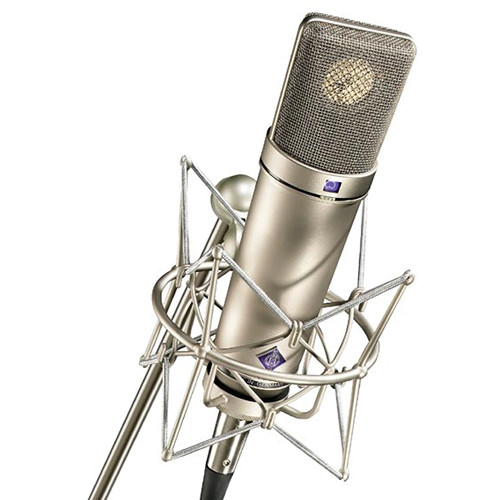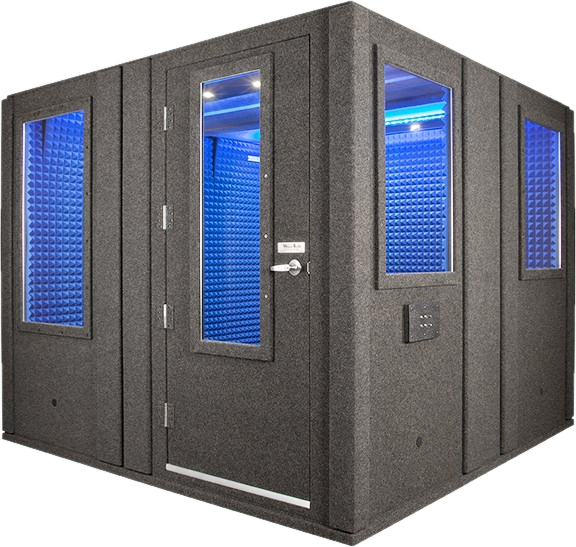The business of VO is like most other businesses, in that it is multi-faceted. That is, you are providing a product (or service), which must be marketed/sold within your potential marketplace, and the necessary business administration systems (bookkeeping, accounts payable, accounts receivable) must be in place to keep the business running smoothly.
When you are just starting out, it can be overwhelming. An independent VO provider, like myself, wears all of the business hats. You are the featured artist, you are the recording engineer, you are the studio designer, you are the bookkeeper, you are the business systems selection committee, you are the customer service department, you are the social media director, the sales and marketing director, the operations manager… whew!
Obviously, over time you will have to learn to switch roles quickly and smoothly. Having a weekly plan is, for me, a necessary tool to both reduce the cognitive waste associated with context switching and also ensure that I don’t overlook one of my important business roles. It is easy to get caught up recording in the booth, or producing, and neglect aspects like marketing or billing. Until you run out of work, or money, or both!
But what aspect of the VO business is most important at the start? In my opinion: product (audio) quality. By this I do not mean the quality of your performance, although that is obviously very important. I mean the quality of the sound file you produce. Is it Lo-Fi? Are there noticeable, or perhaps, subtle room echoes? Can we hear a distant rumble or hum? Is it too soft, or too loud (clipping)?
Ask yourself: would you rather listen to an audiobook with an “OK performance” narrator and pristine audio, or a “world class performance” with quality so poor it sounds like it was recorded over POTS telephone line? I suspect most people will choose the higher quality every time.

(Do you really have CA$4000 to spend?)
If that is true, then there is no point in starting your marketing campaign if you have poor quality audio. If you manage to establish a potential customer relationship, you will be known as the ‘bad audio’ guy/gal! Even if your quality improves greatly over time, you now have your ‘bad audio quality’ reputation working against you.
Therefore, first things first: work on your audio product quality!
Does this mean go out on day one and buy that wallet crushing Neumann U87? NO!
In fact, that will likely cause more audio quality problems. How so? Well, I’ll bet that most audio product quality problems encountered by new VO entrepreneurs are caused by their recording booth, or lack thereof. If you are recording in a bad (noisy, reflective, etc.) environment, a great microphone will do a great job of capturing all those problems!
“OK, PeMo, you are saying I must go out, on day one, and buy a professional Whisper Room?” NO! (Although, if you have the money to spend, it is not a bad thing to do; but do you really have several thousand dollars to start?)

(Do you really have CA$5000-$8000 to spend?)
What I am saying is you have to get your recording environment optimized.
“But PeMo, what about the production processing chain optimization?” you ask. My response: if your recording is bad, because of bad recording environment, your are wasting your time trying to ‘fix it in post’. Garbage in, garbage out.
When I started out, I custom built my recording booth. Even before that, I spent time auditing the ambient sound at various locations so that my booth would be placed in the best location I have available.
So, before you start spending your precious business capital on mics, pre-amps, audio interfaces, computers, DAW software, or DAW plug-ins, spend your even more precious time working on your recording booth/environment.
Cheers!


Leave a Reply